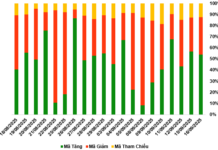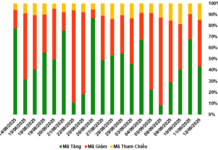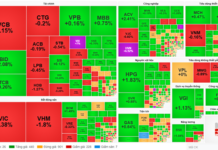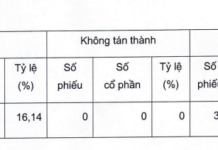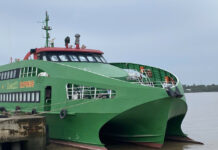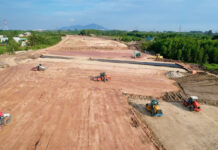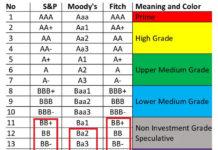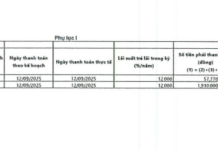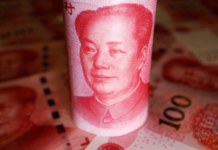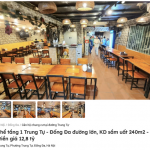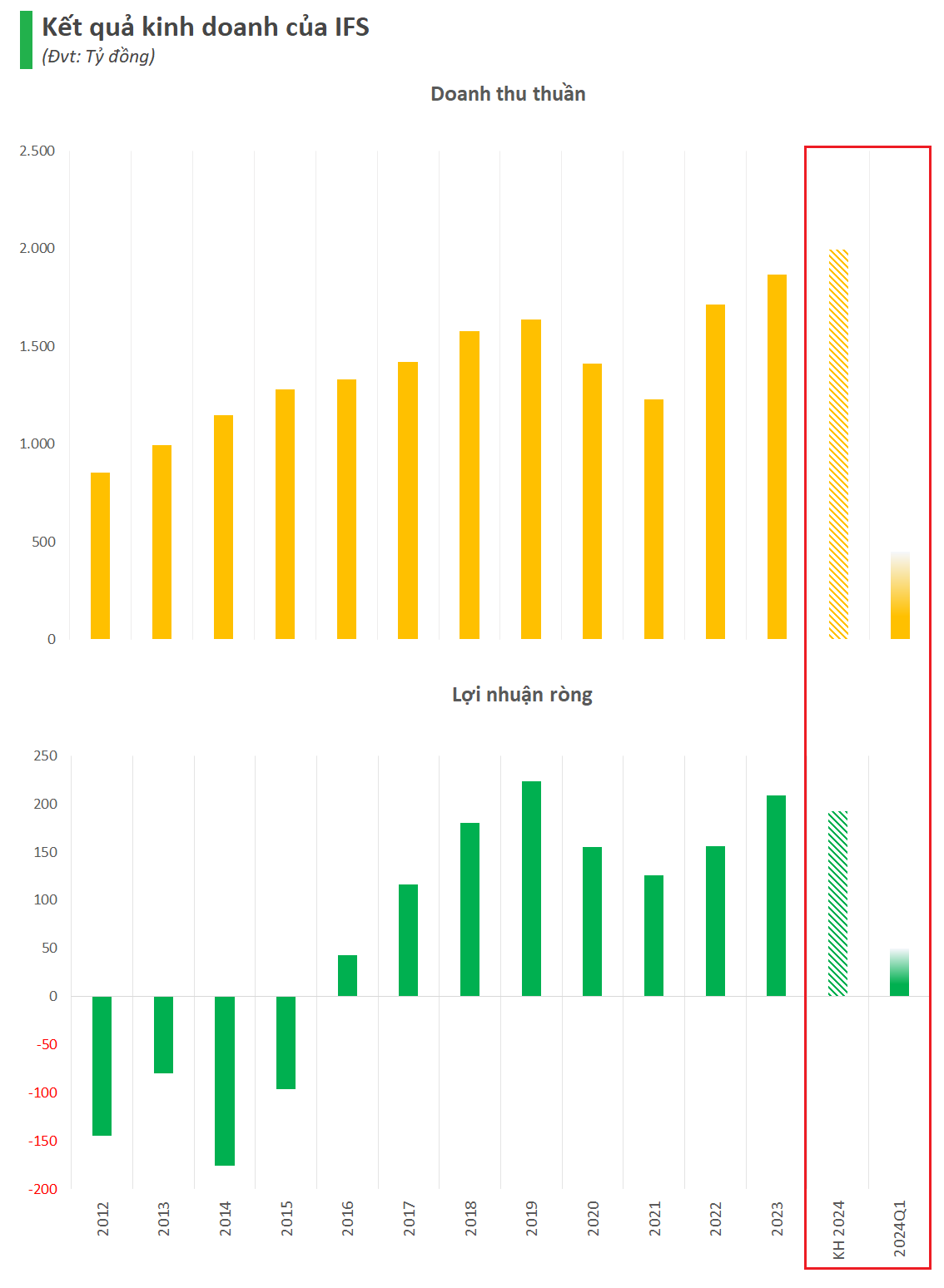In a recent development, Mr. Phan Van Mai, Chairman of the Ho Chi Minh City People’s Committee, announced that by 2030, the city will retain its current administrative divisions, and five districts (Binh Chanh, Nha Be, Can Gio, Hoc Mon, and Cu Chi) are expected to achieve the status of a type-3 city instead of becoming new urban districts as previously proposed.
At the beginning of July 2024, Binh Chanh held the 17th Conference of the Executive Committee of the District Party Committee for the 12th term (expanded). Mr. Nguyen Ho Hai, Permanent Vice Secretary of the Ho Chi Minh City Party Committee, instructed Binh Chanh district to continue focusing on infrastructure investment to attract more investment and promote urban development. He also emphasized the importance of creating favorable conditions for migrant workers to contribute to the district’s progress…
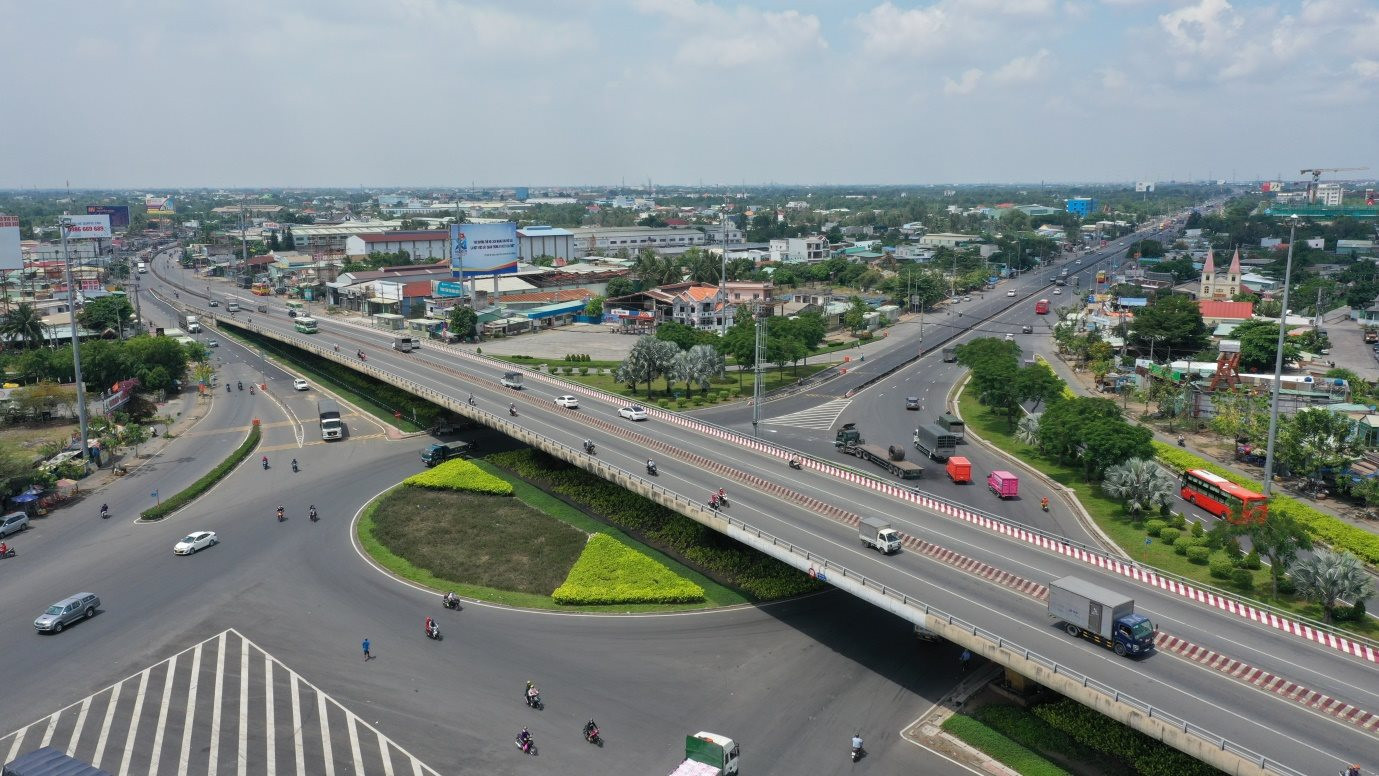
Binh Chanh is currently planning to invest in several key projects to meet the infrastructure criteria of a type-3 city by 2030.
Speaking at the conference, Vice Chairman of the Ho Chi Minh City People’s Committee, Bui Xuan Cuong, commended Binh Chanh district for achieving a capital disbursement rate of approximately 30%, higher than the city’s average in the first half of 2024. He requested that the district continue to prioritize this aspect to achieve the full-year target.
Mr. Cuong highlighted the presence of several large-scale projects in the district, such as the Ring Road 3, the expansion of National Highway 50, and the Tham Luong – Ben Cat – Rach Nuoc Len canal project. He urged the district to expedite land clearance and address challenges related to land-use projects to accelerate progress.
The Secretary of the Binh Chanh District Party Committee, Tran Van Nam, pledged to expedite the progress of capital disbursement for public investment projects. He emphasized that the district would prioritize land clearance for key projects to ensure timely construction.
As Binh Chanh aspires to become a type-3 city, investing in transportation infrastructure is a crucial goal for the locality.
It is worth noting that Binh Chanh has witnessed a transformation thanks to the implementation of key transportation projects, which have positively impacted the urban landscape and the local real estate market.
One notable transportation project in the area is the expansion of National Highway 50 . This project, considered a top priority for Ho Chi Minh City, has a starting point at Nguyen Van Linh Street and extends to the border with Long An province. With a total length of 6.92 km and a width of 34 m accommodating six lanes, it aims to alleviate traffic congestion and enhance the capacity of National Highway 50, connecting Ho Chi Minh City with Long An and other provinces in the Mekong Delta region. The section passing through Binh Chanh district commenced construction in late 2022 and is expected to be completed by December 2024, with a total investment of VND 1,498 billion, including a construction cost of VND 1,250 billion.
The Ho Chi Minh City Transport Project Management Unit (PMU Transport) is expediting construction to meet the deadline for the completion of the parallel route of National Highway 50 (from Nguyen Van Linh Street to Km4+200) in 2024 and the entire project in 2025. However, the project owner noted that there are still some locations along the new route, from Nguyen Van Linh Street to the intersection with the existing National Highway 50 (within the scope of construction packages 1, 2, 3, and 4), where land has not been handed over, posing a risk to the project’s timeline.

Ring Road 3, spanning about 15 km in Binh Chanh district.
Additionally, the first component project of Ring Road 3 , which commenced on June 18, is on track with its construction schedule. Ring Road 3, spanning about 15 km in Binh Chanh district, passes through three main communes: Pham Van Hai, Le Minh Xuan, and Binh Loi. With a total investment of VND 2,258 billion and a timeline of 33 months, the project is expected to open the expressway section in 2025 and complete the entire project in 2026.
The entire Ring Road 3 in Ho Chi Minh City has a total length of approximately 47.5 km and traverses four key areas of the city: Thu Duc, Binh Chanh, Cu Chi, and Hoc Mon. This road plays a vital role in the city’s transportation system, aiming to reduce traffic congestion and connect various regions.
Upon completion, the road will open up development opportunities for industrial corridors and enhance connections to port clusters and logistics hubs, reducing travel time and costs. The project is expected to foster regional linkages and boost the development of the southern key economic region, positively influencing the local real estate market.
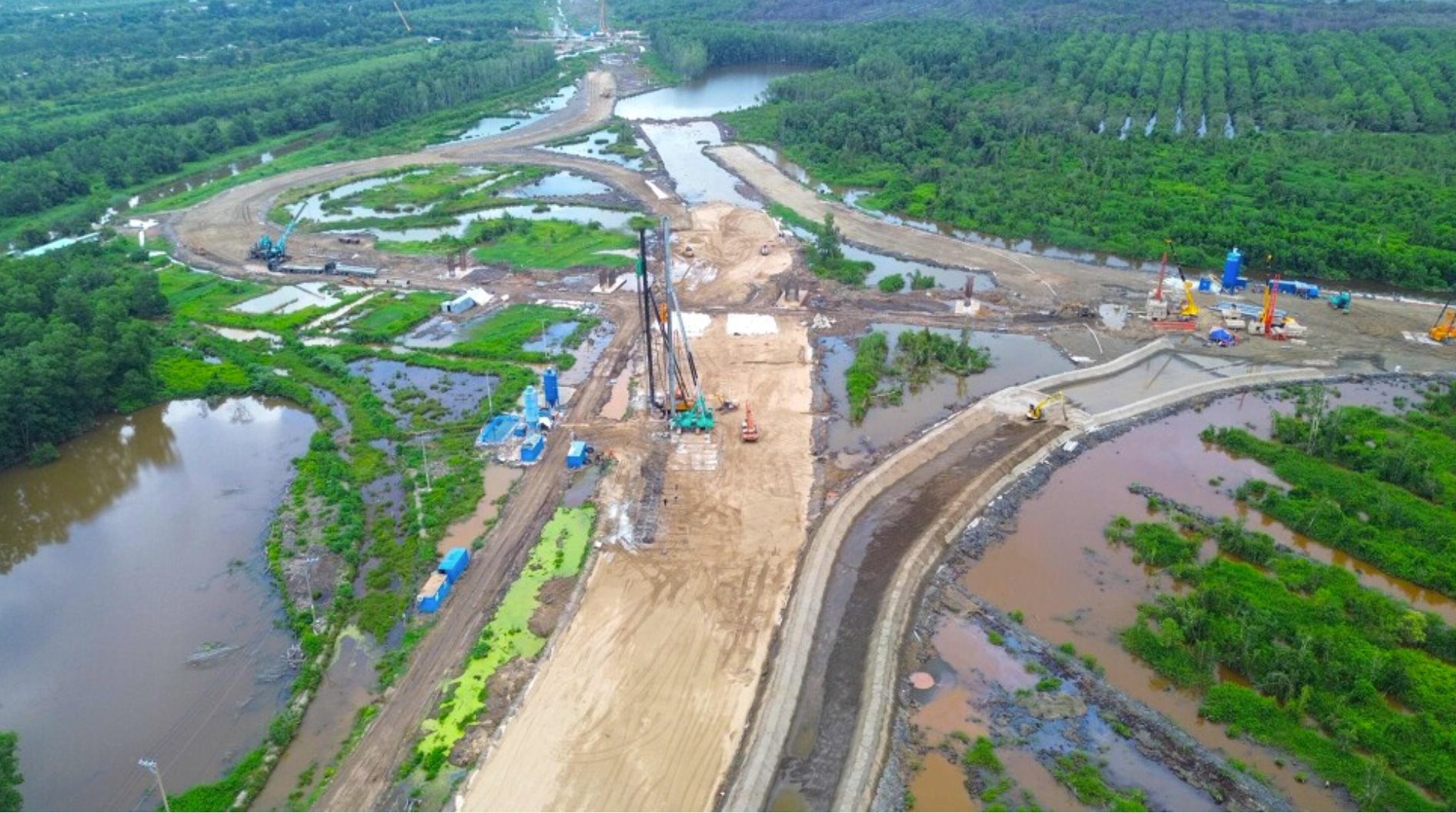
Ring Road 3 section in Binh Chanh is under construction to meet the 2026 deadline.
Furthermore, the Ho Chi Minh City Ring Road 2 section passing through Binh Chanh has already been completed, alleviating traffic congestion and improving connections to seaports, industrial parks, and expressways. Ring Road 2 starts from Nguyen Van Linh Street in Binh Chanh district, crosses the Phu My Bridge in District 7, continues to Binh Thai intersection, and connects to Go Dua intersection in Thu Duc City. It then extends to National Highway 1 before looping back to Nguyen Van Linh Street, forming a ring road around Ho Chi Minh City. However, to date, only 50 km of the entire route has been completed, while 14 km remains under construction or yet to be implemented.
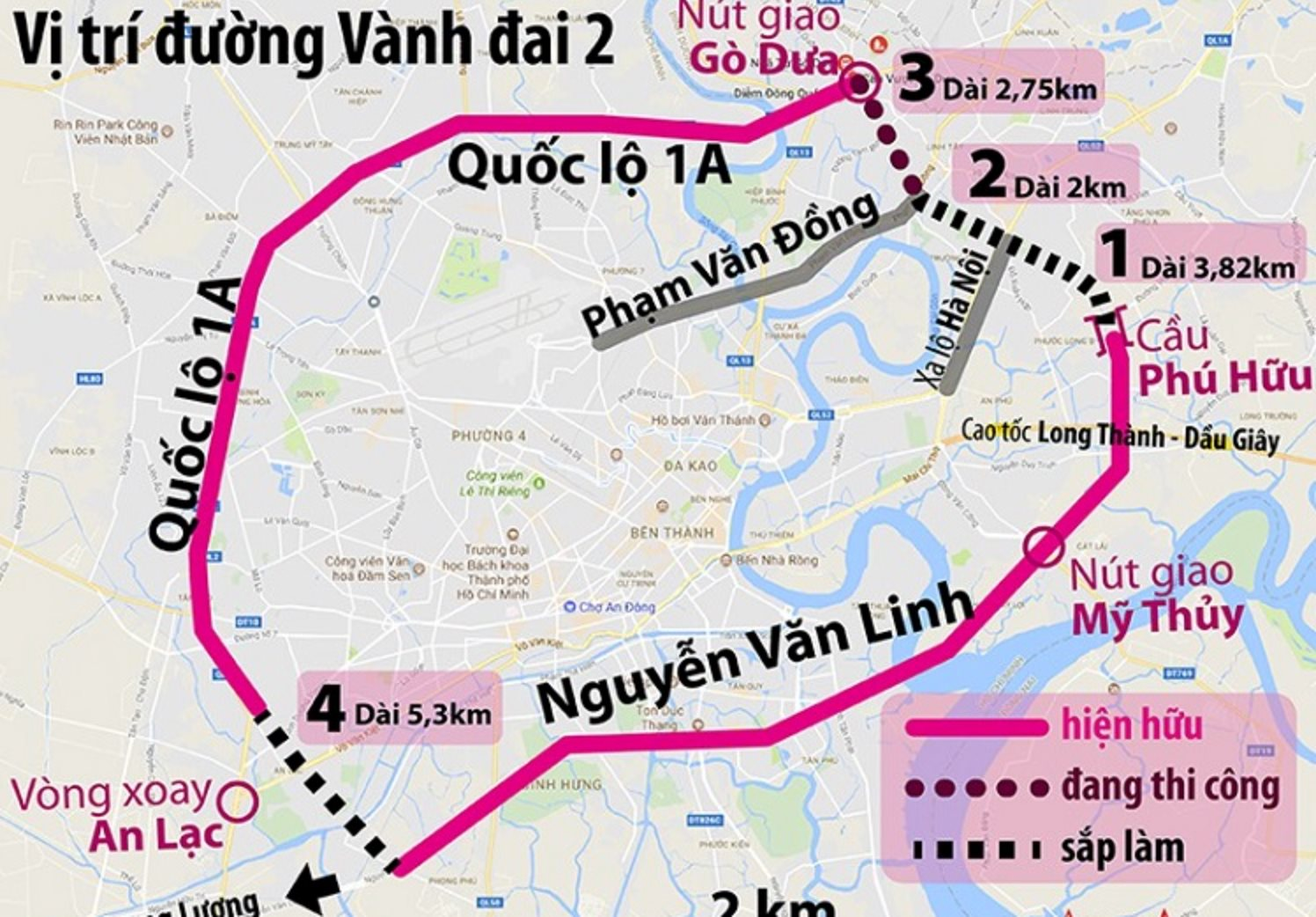
Ho Chi Minh City Ring Road 2 enhances connectivity across the city.
Observations indicate that infrastructure developments have significantly impacted the urban landscape and positively influenced the real estate market in Binh Chanh.
In recent years, prominent enterprises have ventured into Binh Chanh, seeking new land funds to develop large-scale urban areas and industrial parks, attracting a substantial labor force. For instance, along Nguyen Van Linh Street, there is the Mizuki Park urban area project, spanning 26 hectares, developed by Nam Long and its two Japanese partners, Hankyu Hanshin Properties and Nishi Nippon Railroad. This prominent project in Binh Chanh offers convenient connections to neighboring districts, the city center (Districts 1, 3, and 2), and the Mekong Delta region via the Saigon – Trung Luong Highway. Currently, 3,600 families have already moved into the urban area, forming a cohesive community. Nam Long is offering attractive sales policies for its final batch of fully-furnished Flora Panorama apartments in the urban area to capture the demand wave from now until the end of the year.
These business activities have triggered a wave of demand for housing, shifting from the city center to the suburbs. While the real estate market in Binh Chanh may not be as vibrant as in the East or West of Ho Chi Minh City, some existing urban areas have achieved positive occupancy rates. Nevertheless, the real estate supply in this area remains modest compared to other regions.
The Power of Lizen: Consistently Winning Massive Bids
Lizen has achieved a significant milestone by successfully deploying and implementing major high-speed construction projects in 2023. The company’s revenue has reached 2,030.5 billion VND, which is twice the amount compared to 2022. However, the post-tax profit has reached its lowest point in the past 6 years, dropping down to only 118.3 billion VND.

